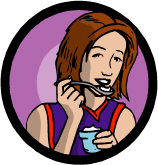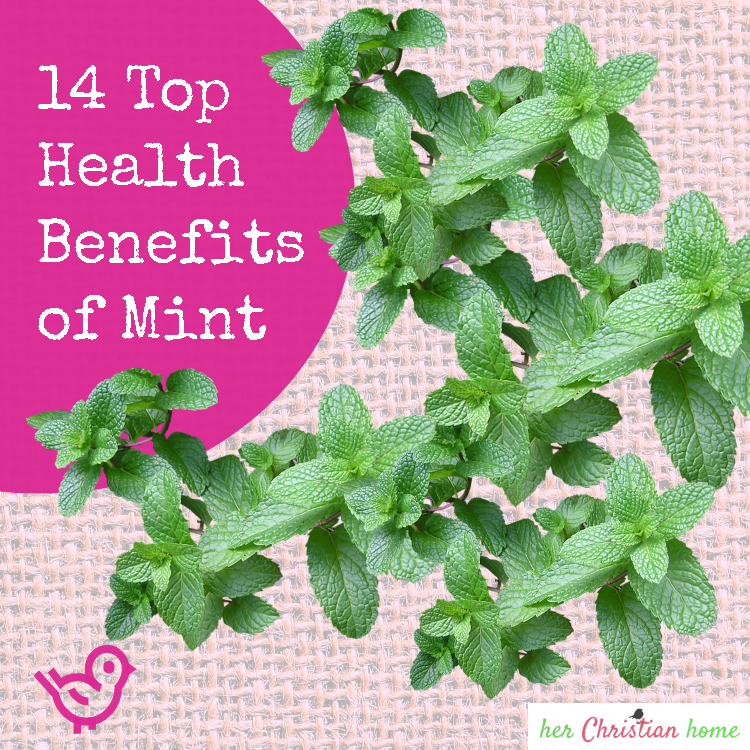Is it time to cut out the calorie counting?

There seems to be many false ideas today regarding the practice of counting calories. Everyone seems to think that consuming less is how to lose fat.
In fact, many solely judge the health value of food based on how many calories it contains.
What is this theory based on?
Basically it’s that you need to take in less energy than you put out. Although this part is true, the problem lies in the methods most people use to do it.
In many instances, severely restricting your calorie intake does work at first. But it’s very difficult to maintain over the long haul. Typically these eating plans involve starving the body with an unsustainable restrictive diet leaving it nutritionally deficient.
It’s easy to see where such a diet could go wrong…
These highly restrictive diets will result in frequent binging due to both hunger issues and lack of variety. But that’s not the only reason “low calorie” diets don’t work.
When you eliminate the calories, your body basically goes into “famine mode.” This causes it to reduce its metabolism speed and store the calories as body fat, anticipating a shortage of food.
This happens because your body is used to consuming more calories. When you instantly eliminate half of them, your body will essentially begin storing up fat to make sure you have enough to survive on.
Not only will this
INCREASE your body fat, but your energy will go down as well. Your body needs calories to thrive, after all. It’s also time consuming. Who wants to measure out every meal? For another thing, it’s very difficult to do when eating out.
But that’s not even the
WORST part of low calorie diets. The biggest hindrance is that they totally ignore the nutritional value of food outside of calories. Just because the foods you eat are low in calories doesn’t mean you’re getting a nutritionally, well-balanced intake of foods.
So another question to consider, “Should you eat as many calories as you want?”
Of course not. If you overdo it, you are still going to gain weight. But in general, eating a well-balanced diet with enough healthy fats, carbs and proteins along with plenty of fruits and vegetables is probably your best option.
When you are full, stop eating. Simple but effective.
So how do you reduce calories while still feeling full?
One method of doing this is to focus on eating more filling foods to reduce your overall consumption. This way you reduce your caloric intake while still making sure you have enough energy.
The bottom line is, reducing your caloric intake shouldn’t be your main focus. In fact, overdoing it can have the opposite effect — it can actually make you gain fat. Eat a variety of high nutrient foods along with filling foods to keep you satisfied. If you’re hungry all the time, then this is a clue that you need to eat more filling foods with your meals.
Some examples of filling foods:
- Brown rice, beans & whole wheat pasta has higher fiber, making you feel full faster and longer.
- Broth-based (not cream-based) vegetable soups
- Oatmeal is very filling and satisfying
- Apples and oranges are packed with fiber
- Popcorn – Nice when you’re in the mood for munching. No need for tons of butter to be satisfying, get creative with spices…such as lemon pepper seasoning.
- Walnuts and almonds
- Meat proteins: turkey and chicken breast and fish.
Affiliate sponsor:
151 Page Cookbook With Over 100 Easy To Make Healthy Meals. Every Recipe Has A Gorgeous Full Color Photograph. This Is A Revolutionary Solution For How To Make & Prepare Deliciously Healthy Meals For Increased Energy And Weight Loss That’s Sure To Please.
Click here: The Delicious Revolution Cookbook – Healthy Food For Busy People.]]>
 There seems to be many false ideas today regarding the practice of counting calories. Everyone seems to think that consuming less is how to lose fat.
In fact, many solely judge the health value of food based on how many calories it contains.
What is this theory based on?
Basically it’s that you need to take in less energy than you put out. Although this part is true, the problem lies in the methods most people use to do it.
In many instances, severely restricting your calorie intake does work at first. But it’s very difficult to maintain over the long haul. Typically these eating plans involve starving the body with an unsustainable restrictive diet leaving it nutritionally deficient.
It’s easy to see where such a diet could go wrong…
These highly restrictive diets will result in frequent binging due to both hunger issues and lack of variety. But that’s not the only reason “low calorie” diets don’t work.
When you eliminate the calories, your body basically goes into “famine mode.” This causes it to reduce its metabolism speed and store the calories as body fat, anticipating a shortage of food.
This happens because your body is used to consuming more calories. When you instantly eliminate half of them, your body will essentially begin storing up fat to make sure you have enough to survive on.
Not only will this INCREASE your body fat, but your energy will go down as well. Your body needs calories to thrive, after all. It’s also time consuming. Who wants to measure out every meal? For another thing, it’s very difficult to do when eating out.
But that’s not even the WORST part of low calorie diets. The biggest hindrance is that they totally ignore the nutritional value of food outside of calories. Just because the foods you eat are low in calories doesn’t mean you’re getting a nutritionally, well-balanced intake of foods.
So another question to consider, “Should you eat as many calories as you want?”
Of course not. If you overdo it, you are still going to gain weight. But in general, eating a well-balanced diet with enough healthy fats, carbs and proteins along with plenty of fruits and vegetables is probably your best option.
When you are full, stop eating. Simple but effective.
So how do you reduce calories while still feeling full?
One method of doing this is to focus on eating more filling foods to reduce your overall consumption. This way you reduce your caloric intake while still making sure you have enough energy.
The bottom line is, reducing your caloric intake shouldn’t be your main focus. In fact, overdoing it can have the opposite effect — it can actually make you gain fat. Eat a variety of high nutrient foods along with filling foods to keep you satisfied. If you’re hungry all the time, then this is a clue that you need to eat more filling foods with your meals.
Some examples of filling foods:
There seems to be many false ideas today regarding the practice of counting calories. Everyone seems to think that consuming less is how to lose fat.
In fact, many solely judge the health value of food based on how many calories it contains.
What is this theory based on?
Basically it’s that you need to take in less energy than you put out. Although this part is true, the problem lies in the methods most people use to do it.
In many instances, severely restricting your calorie intake does work at first. But it’s very difficult to maintain over the long haul. Typically these eating plans involve starving the body with an unsustainable restrictive diet leaving it nutritionally deficient.
It’s easy to see where such a diet could go wrong…
These highly restrictive diets will result in frequent binging due to both hunger issues and lack of variety. But that’s not the only reason “low calorie” diets don’t work.
When you eliminate the calories, your body basically goes into “famine mode.” This causes it to reduce its metabolism speed and store the calories as body fat, anticipating a shortage of food.
This happens because your body is used to consuming more calories. When you instantly eliminate half of them, your body will essentially begin storing up fat to make sure you have enough to survive on.
Not only will this INCREASE your body fat, but your energy will go down as well. Your body needs calories to thrive, after all. It’s also time consuming. Who wants to measure out every meal? For another thing, it’s very difficult to do when eating out.
But that’s not even the WORST part of low calorie diets. The biggest hindrance is that they totally ignore the nutritional value of food outside of calories. Just because the foods you eat are low in calories doesn’t mean you’re getting a nutritionally, well-balanced intake of foods.
So another question to consider, “Should you eat as many calories as you want?”
Of course not. If you overdo it, you are still going to gain weight. But in general, eating a well-balanced diet with enough healthy fats, carbs and proteins along with plenty of fruits and vegetables is probably your best option.
When you are full, stop eating. Simple but effective.
So how do you reduce calories while still feeling full?
One method of doing this is to focus on eating more filling foods to reduce your overall consumption. This way you reduce your caloric intake while still making sure you have enough energy.
The bottom line is, reducing your caloric intake shouldn’t be your main focus. In fact, overdoing it can have the opposite effect — it can actually make you gain fat. Eat a variety of high nutrient foods along with filling foods to keep you satisfied. If you’re hungry all the time, then this is a clue that you need to eat more filling foods with your meals.
Some examples of filling foods:



One Comment
Shirley
Could not agree more!